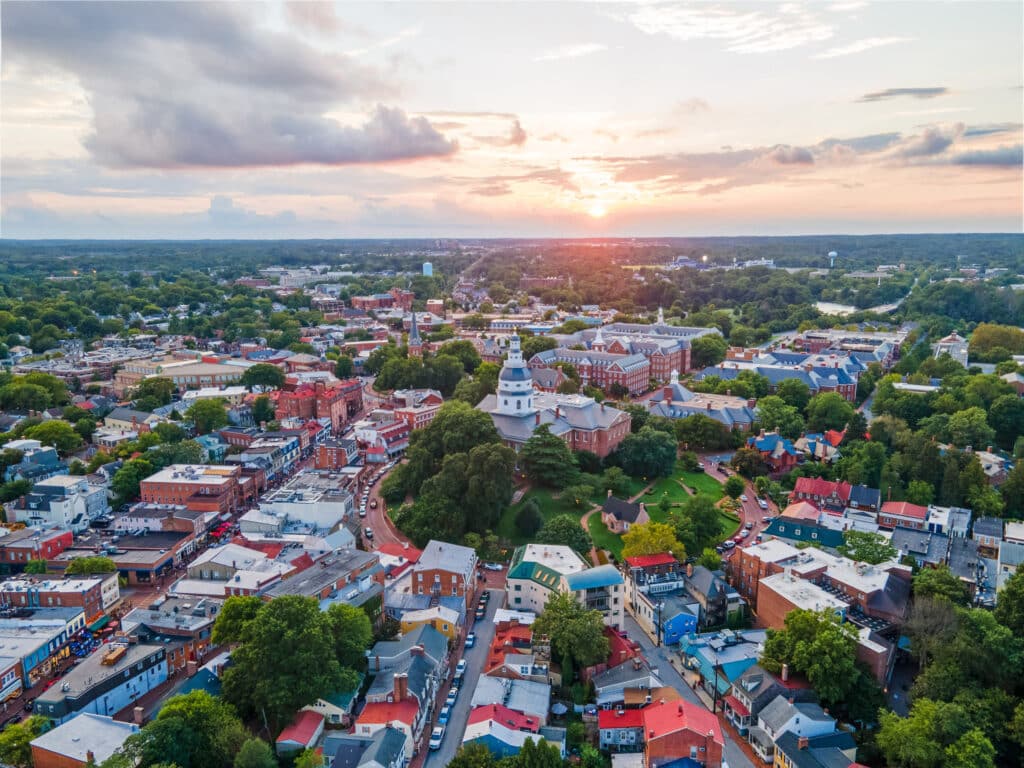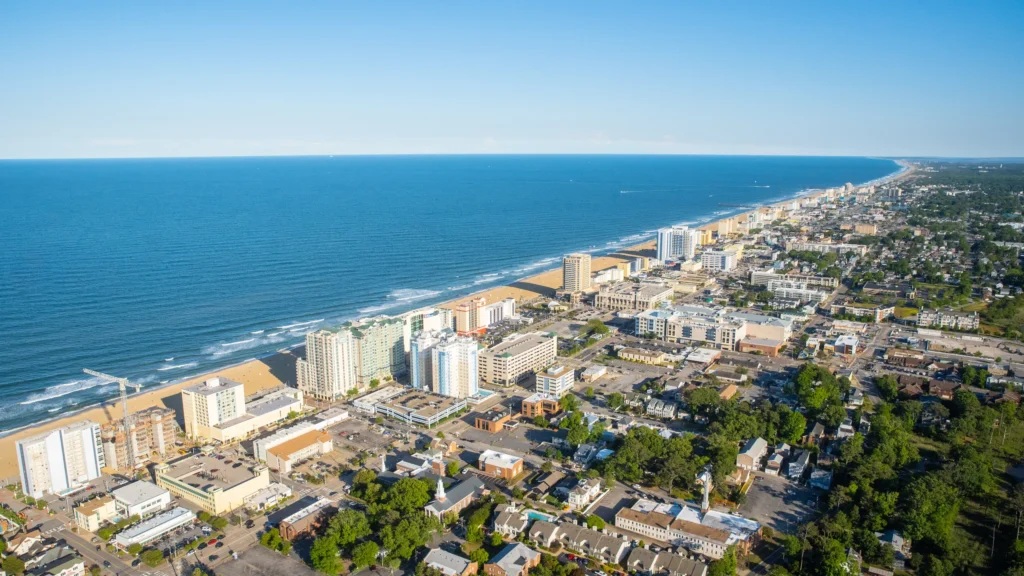New Realtor.com data revealed that experts anticipate that mortgage rates will remain in the low 6% level through the end of the year, with additional decreases possibly reaching the high 5% range by the following spring, in response to the Federal Reserve’s announcement of a significant rate cut in September. Homebuyers who have grappled with high mortgage rates in recent years may find some relief from recently lowered rates, which could potentially encourage more homebuyers to enter the market.
However, depending on how many people use mortgages, the impact of reduced interest rates will vary throughout markets. Markets that use mortgages more frequently will generally be more susceptible to fluctuations in interest rates, whereas locations where the percentage of homeowners who own their homes outright may be less affected.
The report indicates that some 84% of current mortgages have interest rates of 6% or less. Put another way, if mortgage rates go closer to 6%, consumers should anticipate seeing more homeowners become “unlocked,” particularly in areas where mortgage usage is strong.
Realtor.com used the 2023 1-Year Estimate from the American Community Survey in order to comprehend the variations in the geographic impact of decreased mortgage rates. The data showed that 39.8% of homeowners in the U.S. owned homes while 60.2% of homeowners in the country had a mortgage. In actuality, fewer homeowners now have debt, which has increased the number of people who own their homes outright. In 2010, 67.2% of homes were delinquent, while the percentage of properties that were owned was 32.8%.
Percentage of Homes Owned Outright Rises Amid Falling Number of Mortgaged Homes
At the state level, states with higher percentages of homeowners living in mortgage-holding homes, such as the District of Columbia, Maryland, Colorado, Utah, and California, should see a rise in housing activity as mortgage rates decline. On the other hand, since a higher proportion of homeowners in West Virginia, Mississippi, Louisiana, New Mexico, and Arkansas own their homes outright, these states’ housing markets are probably less affected by reduced rates.
Top 10 States Where Mortgages Are Most Common:
1. District of Columbia
- (Percentage of owner-occupied homes with a mortgage: 77.3%)
- (Percentage of owner-occupied homes without a mortgage: 22.7%)\
2. Maryland
- (70.7%)
- (29.3%)
3. Colorado
- (69.1%)
- (30.9%)
4. Utah
- (68.1%)
- (31.9%)
5. California
- (67.1%)
- (32.9%)
6. Massachusetts
- (66.4%)
- (33.6%)
7. Virginia
- (66.3%)
- (33.7%)
8. Rhode Island
- (65.7%)
- (34.3%)
9. Washington
- (65.6%)
- (34.4%)
10. Delaware
- (64.6%)
- (35.4%)

Given the high usage of mortgages among the top 50 metros, homeowners in Washington, D.C., may be particularly vulnerable to the effects of reduced rates. In the D.C. region, specifically, 74.7% of homeowners in 2023 occupied properties that were mortgaged. Overall, only 25.3% of DC residents were mortgage-free owners of their primary residence. The markets with the highest percentage of homeowners who have mortgages are Portland, OR (69.8%), Raleigh, NC (72.0%), Virginia Beach, VA (71.0%), and Denver (72.4%).
Additionally, markets that have a larger percentage of outright ownership may be somewhat protected from the effects of reduced mortgage rates. Notably, among the 50 largest U.S. cities, New Orleans had the highest percentage of homeowners who are outright owners (45.8%). Pittsburgh came in second with 45.2%, Buffalo, NY, with 45.2%, Miami with 43.8%, and Tampa, FL, with 42.9%.
Top 10 U.S. Metros Where Mortgages Are Most Common:
1. Washington-Arlington-Alexandria, DC-VA-MD-WV
- (Percentage of owner-occupied homes with a mortgage: 74.7%)
- (Percentage of owner-occupied homes without a mortgage: 25.3%)
2. Denver-Aurora-Lakewood, CO
- (72.4%)
- (27.6%)
3. Raleigh-Cary, NC
- (72.0%)
- (28.0%)
4. Virginia Beach-Norfolk-Newport News, VA-NC
- (71.0%)
- (29.0%)
5. Portland-Vancouver-Hillsboro, OR-WA
- (69.8%)
- (30.2%)
6. Baltimore-Columbia-Towson, MD
- (69.5%)
- (30.5%)
7. Seattle-Tacoma-Bellevue, WA
- (69.4%)
- (30.6%)
8. Atlanta-Sandy Springs-Alpharetta, GA
- (69.4%)
- (30.6%)
9. Indianapolis-Carmel-Anderson, IN
- (69.0%)
- (31.0%)
10. San Diego-Chula Vista-Carlsbad, CA
- (68.9%)
- (31.1%)

Markets With Higher Homeownership Rates and Older Homeowners See Larger Share of Outright Homeownership
It’s interesting to note that Realtor.com research indicates that markets with higher rates of homeownership typically have a higher percentage of outright ownership. Furthermore, a higher percentage of senior homeowners—those 65 and older—is positively correlated with the occurrence of outright homeownership.
In markets where homeownership rates are high, people usually buy homes while they are younger. In order to avoid taking on further mortgage debt, homeowners can restructure their mortgages or sell their properties and downsize as property prices increase over time. Older homeowners, who have had more time to benefit from both equity growth and property value appreciation, will profit most from this trend.
To read the full report, including more data, charts, and methodology, click here.






